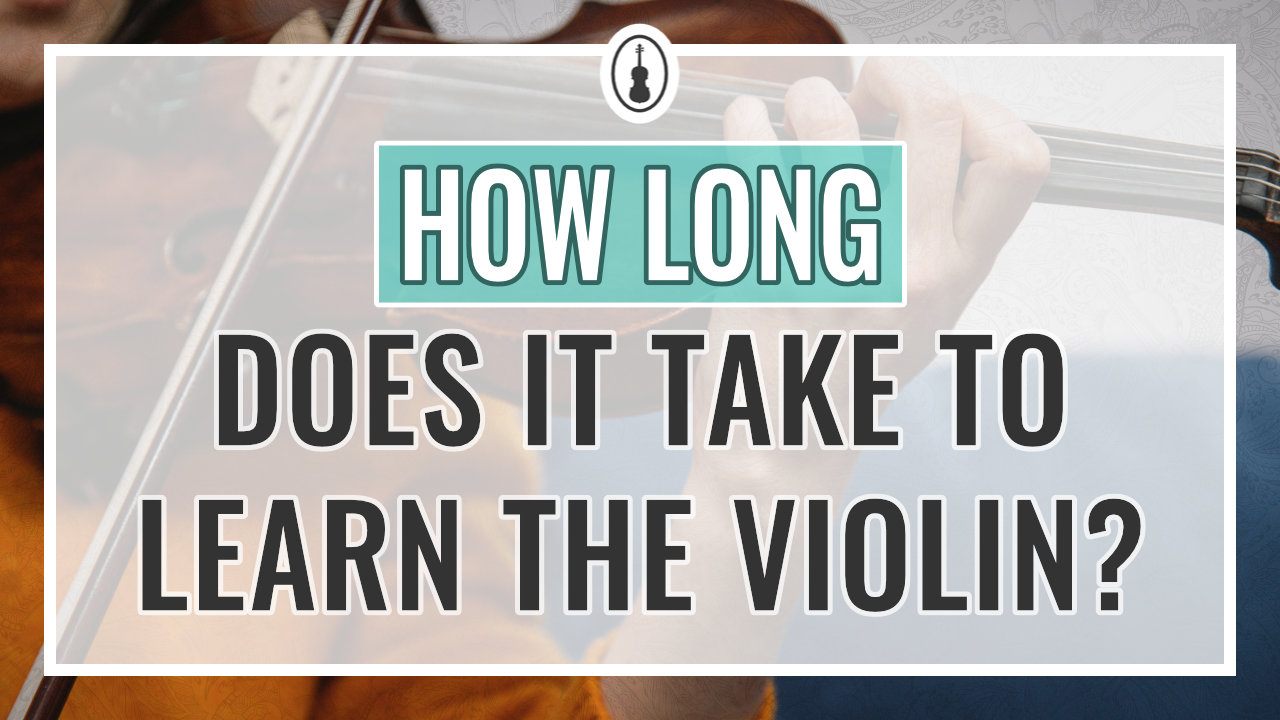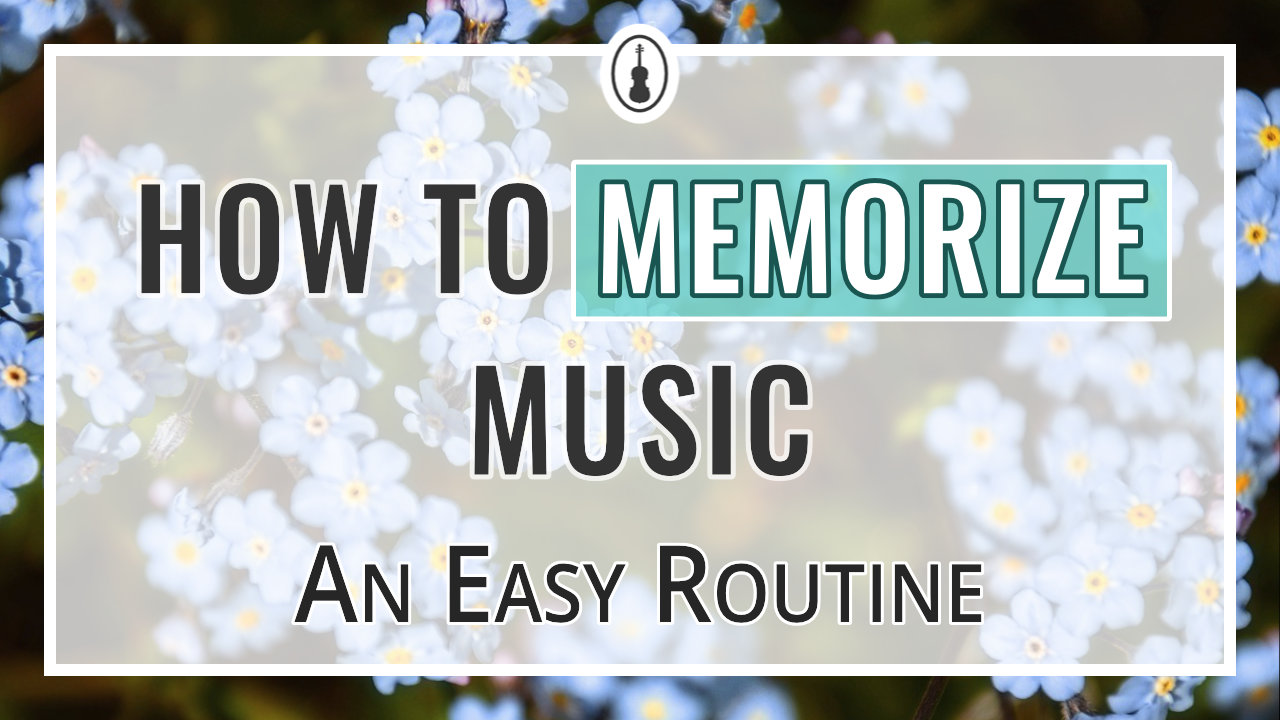
Learn what bariolage is and how to play it on a violin!
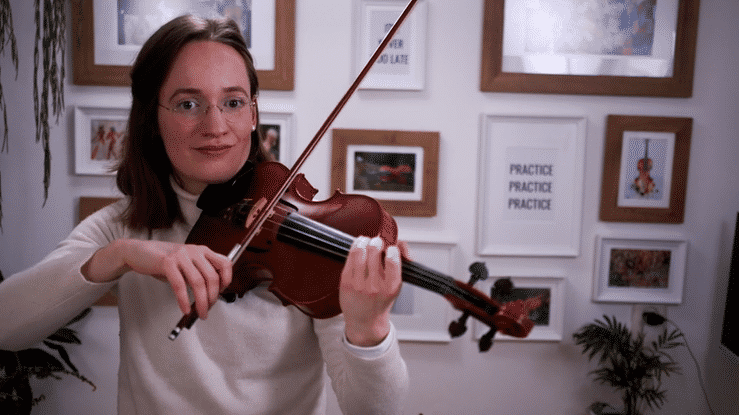
What Does Bariolage Mean in Music?
Bariolage is a violin technique that involves a quick alternation between one static note and changing notes. Often, the one static note is an open string and the other notes are fingered, typically on adjacent strings. The word bariolage comes from the French language.
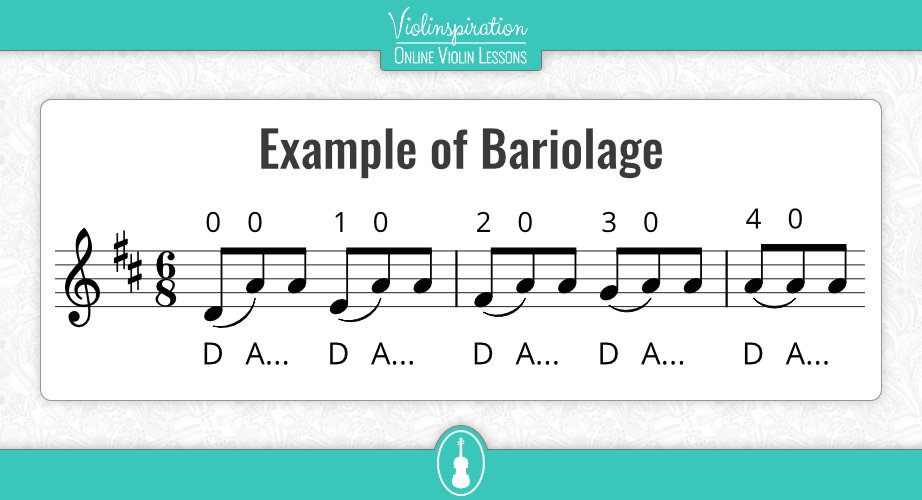
Since the notes are changing quickly, the result is a melody around the static note that is nicely resonant. The mixture of stopped notes and open strings shows off the violin’s different timbres.
A strong string crossing technique is important in bariolage as you want to get the most resonant sound for each note immediately. I’ll talk about how to best practice bariolage below so keep reading!
Examples of Bariolage in the Violin Repertoire
Bariolage can be found in a variety of music, including bluegrass fiddle, classical music by Handel and Bach, and can even be played on different instruments like a harp.
Let’s have a look now where you can find it in the violin repertoire.
J. S. Bach – Preludio from Partita No. 3 in E Major
One of the most famous examples of bariolage is without a doubt Bach’s Preludio from his Partita No. 3. In this E Major partita, there are many string crossings between two adjacent strings, but in measure 17, Bach adds the third string to cross.
What can be tricky is that he uses separate bows to make sure that the open strings are resonant. He even writes some notes to be the same note but using different strings – such as the open E string and a stopped E note. In order to make this sound like a fluid phrase, you have to alternate between wrist and arm motions to make sure you catch the three strings evenly. The lower string can be sometimes more difficult to grab.
F. Kreisler – Preludium and Allegro
Another well-known example of bariolage is Fritz Kreisler’s Preludium and Allegro. The ending from measure 121 to 143 includes a bariolage technique where the notes alternate very quickly between strings.
At first, there are few open strings, but as the intensity builds, the open strings come to symbolize a drive towards the ending of the piece because of their reverberant demand. The colors would be very different if Kreisler left out the open strings and just had the melody in the moving notes.
G. Ph. Telemann – Gigue from Violin Sonata in D Major
Yet another example is Telemann’s Gigue. Telemann uses different strings, a rapid alternation between stopped notes and open strings, and a combination of separate bows and slurred bows to bring out the different colors of the violin. The constant change of notes adds a movement to the piece that feels very dance-like.
You can download the free sheet music to Gigue below and if you’d like to study this piece in detail with me, make sure to check out the Intermediate level 4 – Julia’s Violin Academy members only.
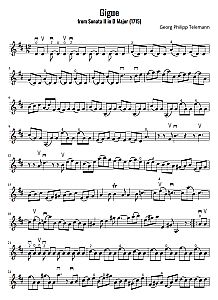
Telemann – Gigue
from Violin Sonata in D Major
Devil’s Dream
I’ve also included an example of a non-classical violin piece that has bariolage. A fun song called “Devil’s Dream,” this song is a classic bluegrass fiddle tune. The bariolage takes place between two adjacent strings using separate bows and sometimes a mixture of slurred and separate. Since only two strings are needed for this song, you can just keep the motion more in your wrist than in the arm.
How to Play Bariolage on the Violin
Bariolage can be easy to learn – it’s essentially just quick, accurate string crossing! The left-hand doesn’t have to learn any new technique, and in fact, can stay quiet while the right hand learns some new tricks.
1. Learn the arm angles for each string
When we play the violin, we always have to angle the right arm differently to reach the desired string without hitting an unintended one.
Think about how your elbow and arm are much higher when you are reaching for the G strings versus when you are on the E string. Practice big arm motions from the shoulder to grab the G string, then the D string, etc. This is a great start to bariolage and basic string crossings because we want as clear of a sound as possible and hitting an unintended string will interrupt that. When you think of these broad motions for string crossings, think of your forearm and elbow leading the angle.
2. Make the motion smaller – let your wrist lead the string crossings
Bariolage requires very fast toggling so you won’t have time to move your entire forearm and elbow for every string crossing or you will get tired quickly, injure yourself, or just look like a chicken flapping its arms back and forth!
For correct small muscle form, you want to focus your attention on the wrist.
First, try making circles with your hand, moving your wrist clockwise without moving anything else from your arm. Next, take your bow and play on the open A string and alternate it with the open E string. Move only the wrist in a circle.
Once you’ve mastered that movement, put your bow on the A string. Still using only your wrist, rock your hand downwards towards the adjacent E string like in your clockwise motion. Flip it back up to get back to the A and now rock it up to the adjacent D string. Check this motion in the mirror to see if only your wrist is moving. Keep repeating this exercise using super-small bow strokes and switch the bow direction each time.
5 Tips for Practicing Bariolage
At first, the bow might feel out of control when you rock your wrist back and forth – that’s ok! Flexibility is what you want to aim for first. Here are some other tips for practicing bariolage when it comes up in violin repertoire.
1. Loosen your right-hand fingers
Make sure to have loose, relaxed fingers to allow the bow to move more freely and see if you can get the bow stick to stay straight.
2. Learn string crossings first
Take out the notes. First, just work out the string crossings. You need to understand how the motion of the arm and wrist are going to go before the left hand complicates things.
3. Practice your left hand separately
Left-hand fingers don’t need to lift! In a fast phrase, the left hand can often think of the phrase as without the additional open string notes. Practice the left hand in isolation by keeping it calm, not lifting in anticipation of the open strings. Practice just the moving notes in quarter notes.
4. Work slowly!
Sometimes, you will need an odd mixture of motions and this can confuse your brain with how much is going on. Especially in pieces with three string crossings, you’ll need a combination of wrist and arm motions to be successful. Often the lower two strings can be reached with the wrist motion while reaching up the higher string will require an arm motion.
5. Adjust arm motion
Arm motion typically is best for slurs. Because you want to use a little bit more bow to get a clear sound for slurred notes, you might want to think about using arm motion.


